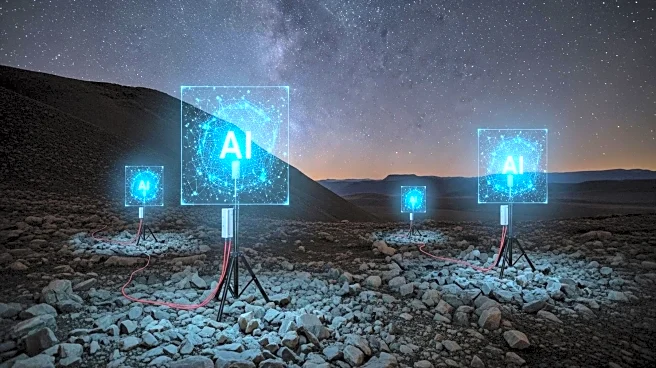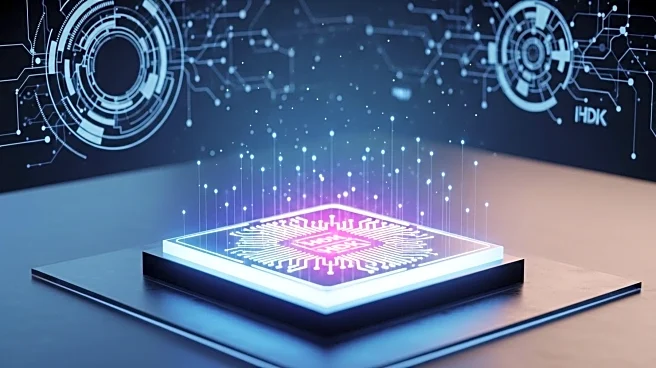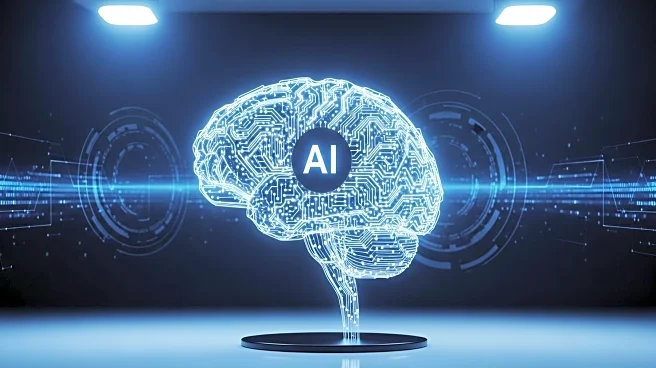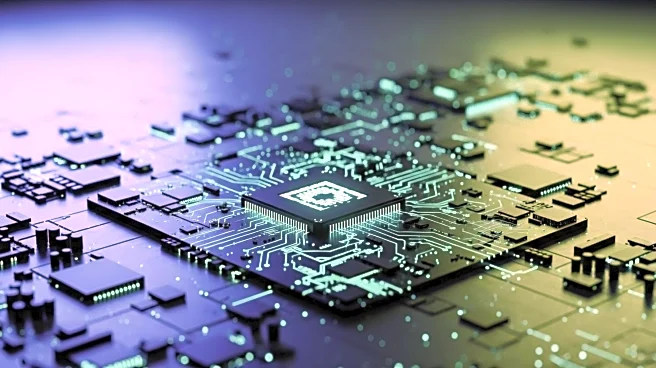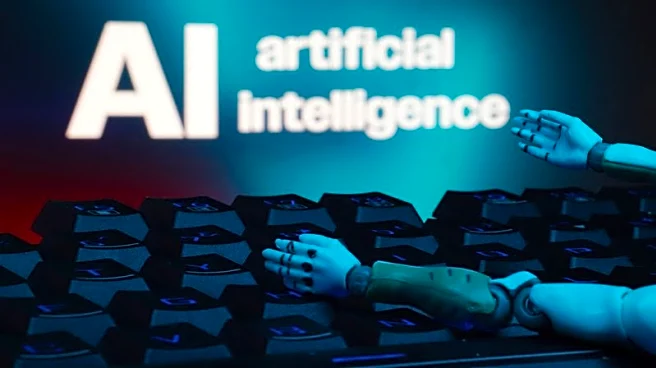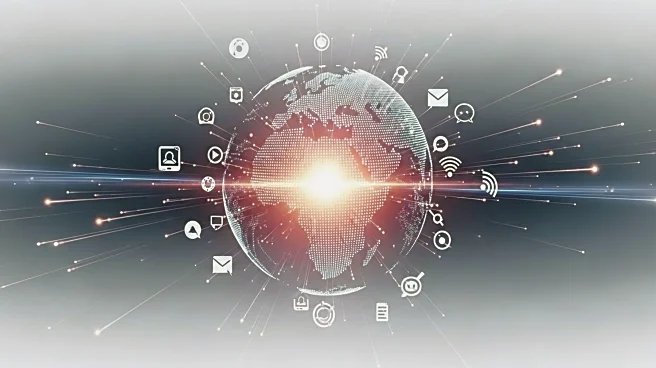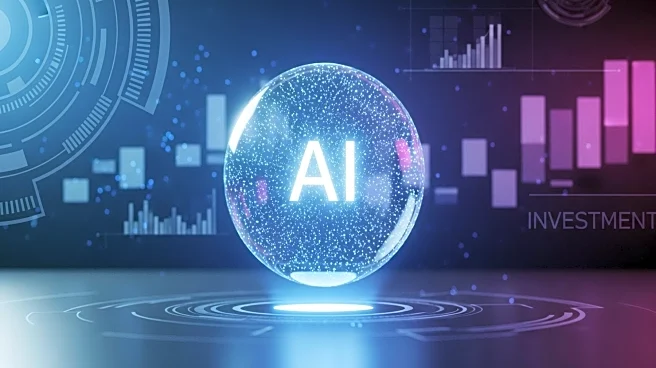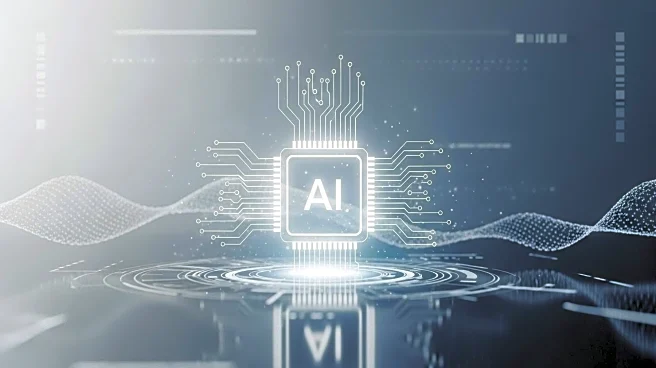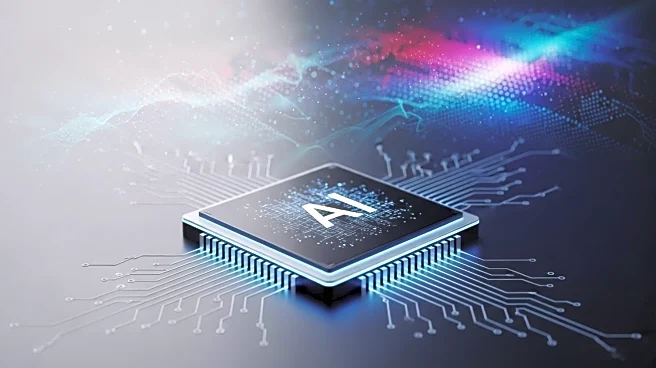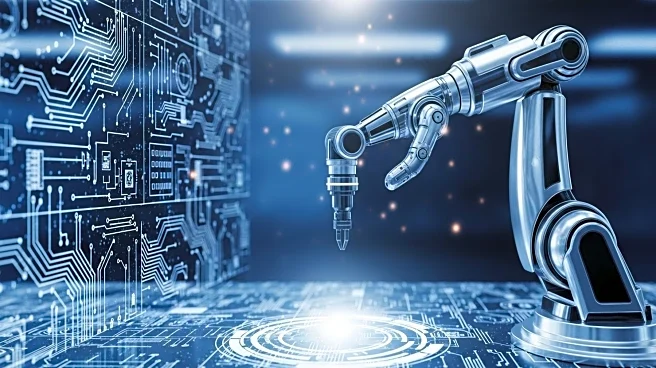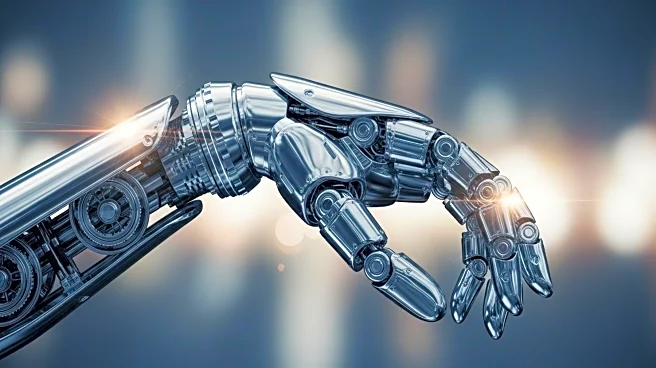What is the story about?
What's Happening?
Artificial intelligence (AI) has significantly transformed earthquake detection over the past seven years, automating tasks traditionally performed by human analysts and simpler computer programs. AI tools, particularly those based on computer imaging, have improved the ability to detect smaller earthquakes, especially in urban environments where noise can obscure seismic activity. This advancement allows for more comprehensive earthquake catalogs, providing valuable insights into Earth's composition and potential future hazards. Experts like Kyle Bradley and Judith Hubbard have noted the remarkable impact of AI in seismology, likening the experience to 'putting on glasses for the first time.' Despite these advancements, the full potential of AI in earthquake forecasting and other data processing tasks remains untapped.
Why It's Important?
The integration of AI into earthquake detection represents a significant leap forward in seismology, offering more precise and comprehensive data that can enhance our understanding of seismic activity and Earth's structure. This technological advancement has the potential to improve public safety by providing more accurate predictions of earthquake hazards, which could inform better preparedness and response strategies. The ability to detect smaller earthquakes also contributes to a more detailed understanding of seismic patterns, which is crucial for regions prone to earthquakes. As AI continues to evolve, its application in seismology could lead to breakthroughs in earthquake forecasting, potentially reducing the impact of these natural disasters on communities and infrastructure.
What's Next?
While AI has revolutionized earthquake detection, the broader application of AI in seismology, particularly in earthquake forecasting, is still developing. Researchers and scientists are exploring how AI can be used to predict seismic events more accurately, which could transform disaster preparedness and response strategies. The ongoing 'revolution' in seismology, as described by experts like Joe Byrnes, suggests that further advancements in AI technology could lead to new methodologies and tools for understanding and mitigating earthquake risks. Continued research and collaboration among seismologists and AI specialists will be crucial in unlocking the full potential of AI in this field.
Beyond the Headlines
The use of AI in earthquake detection raises important ethical and practical considerations, such as the reliability of AI models and the potential for over-reliance on technology in critical safety applications. As AI becomes more integrated into seismology, ensuring the accuracy and transparency of AI-driven insights will be essential to maintain public trust and safety. Additionally, the shift from human analysts to AI tools may impact employment in the field, necessitating new training and adaptation for seismologists. The long-term implications of AI in seismology could also influence how societies approach disaster management and infrastructure planning.
AI Generated Content
Do you find this article useful?
